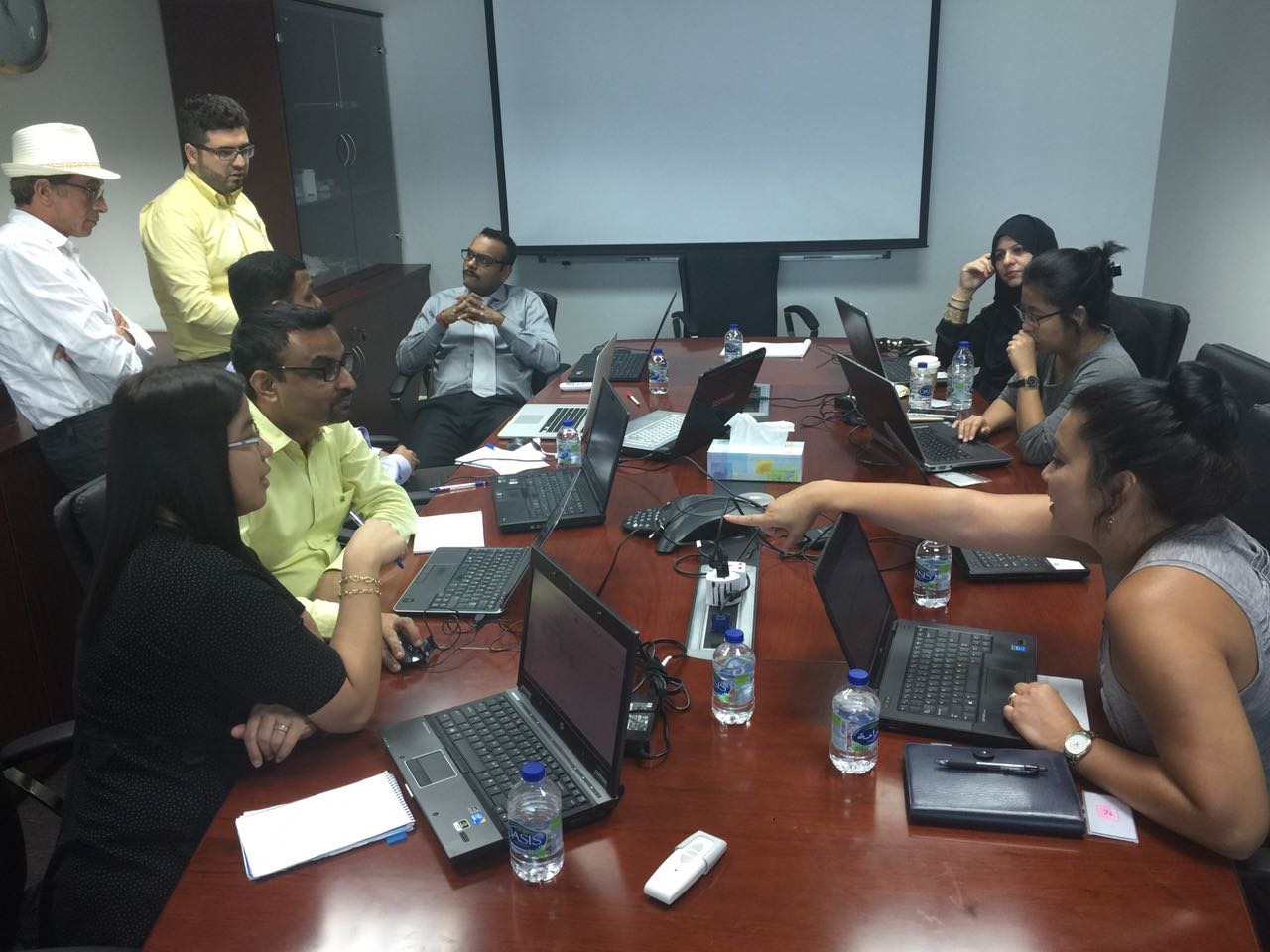
How I Manage UX Designers
Managing UX (User Experience) designers effectively involves creating an environment that fosters creativity, collaboration, and user-centric thinking. Here are some steps on how I manage UX designers:
I Familiarize myself with UX principles and methodologies. Understand the design thinking process, user research, prototyping, and usability testing.
Clear Communication:
Clearly communicate the project goals, objectives, and expectations to UX team. Ensure that everyone understands the overall vision and the role of UX in achieving it.
Empower Creativity:
Encourage creativity and out-of-the-box thinking. Allowing UX designers to explore innovative solutions and give them the freedom to experiment.
Provide Resources:
Ensure that UX team has access to the necessary resources, and software needed for their work. This includes design software, prototyping tools, and user testing facilities, and training. Keep them updated on the latest design trends, tools, and technologies.
Cross-functional Collaboration:
Foster collaboration between UX designers and other teams, such as developers, product managers, and marketing. A collaborative environment ensures a holistic approach to product development.
User-Centric Approach:
Instill a user-centric mindset within the team. Emphasize the importance of understanding the end-users, conducting user research, and incorporating feedback throughout the design process.
Feedback and Iteration:
Create a feedback loop where designers can receive constructive feedback on their work. Encourage regular iteration and improvement based on user feedback and testing. and iterate based on user feedback.
Set Realistic Goals:
Establish realistic timelines and goals for projects. Avoid setting unrealistic expectations that could lead to burnout or compromise the quality of the design work.
Continuous Learning:
Support continuous learning and professional development. Encourage UX designers to attend conferences, workshops, and training sessions to stay updated on industry trends and best practices.
Acknowledge and reward the efforts of UX team. Recognition can be a powerful motivator and helps build a positive team culture.
User Testing and Feedback:
Incorporate user testing early and often in the design process. This ensures that the final product meets the needs and expectations of the target audience.
Adaptability:
Be open to adapting the design process based on project requirements and feedback. A flexible approach allows the team to respond effectively to changing priorities.
Regular Check-ins:
Schedule regular check-ins with individual team members to discuss their progress, challenges, and career goals. This helps build a strong manager-employee relationship with my Team.
„Remember that managing UX designers requires a balance between providing guidance and allowing creative freedom.“
Emil Mitry